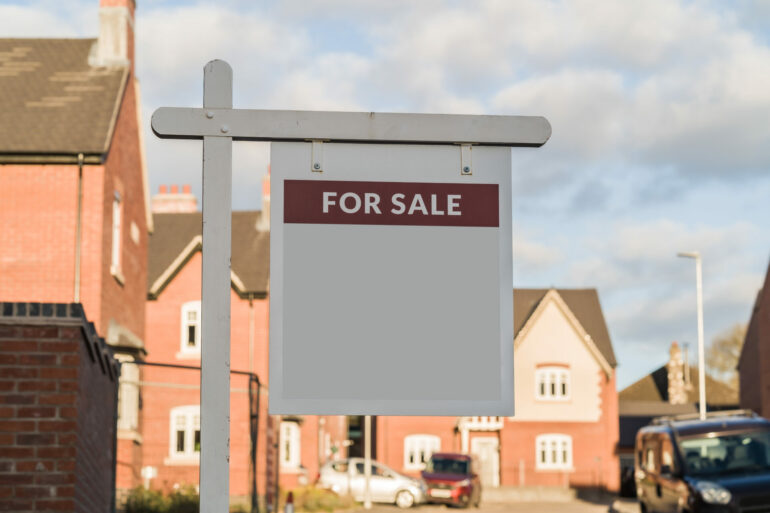In current market conditions, detached homes are more likely to return to the market compared to any other property type, accounting for almost 40% of relisted for sale stock, research from Home Sale Pack has found.
Home Sale Pack analysed data on the number of homes returning to the market for sale, which property types were most likely to be relisted and how this has changed over the last year.
The figures revealed that an estimated 4,321 homes currently listed for sale had returned to the market.
Detached properties made up the largest proportion, with 1,709 accounting for 39.6% of the national whole.
Flats accounted for 25.2% of returning properties, followed by semi-detached (22%), and terraced homes (13.3%).
As for annual the change of these proportions, detached houses again topped the table with the number of them returning to market increasing by 5.1% since February 2023 when they accounted for 34.5% of the total.
The annual proportion change for terraced homes was -1.2%, while the proportion of semi-detached homes and flats fell by 1.8% and 2.1% respectively.
Of all property types analysed, detached homes were the only ones that return to the market with asking prices above the average for similar properties in the same area.
In February 2024, the average price for a returning detached home was £475,000 which is 10.9% higher than the average price for the similar properties in the same area (£428,499).
This suggests that detached sellers were unwilling to budge on price despite cooler market conditions.
In comparison, returning flats came to the market priced 10.5% below the comparable average, terraced homes came in 9.5% below average, and semi-detached homes returned to the market priced 3.7% below the comparable average.
Ruth Beeton, co-founder of Home Sale Pack, said: “There are any number of reasons why a property may return to the market, but in the vast majority of cases it will be due to a collapsed sale.
“In some instances a collapsed sale can be unavoidable, such as a change in the life circumstances of the expected buyer.
“But perhaps the most common reasons for fall-throughs is overvaluing – which leads the buyer to insist on negotiating the price down while the seller remains stubborn – and a lack of up front information being provided for potential buyers.
“Without being given the information they need at the start of the journey, buyers are forced to go and find it for themselves which takes a long time and costs a lot of money.
“As such, significant issues with the property are revealed far too late which leads the buyer to pull out or insist on a price reduction.
“This leads the sale to collapse and the seller is forced reluctantly back onto the market to start the painful process all over again.”



